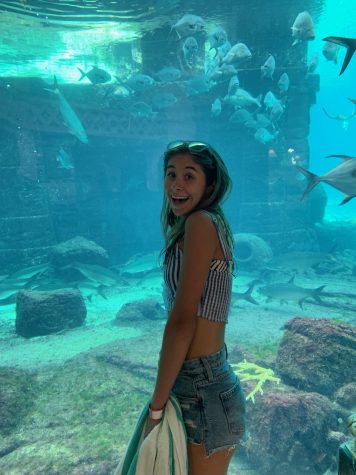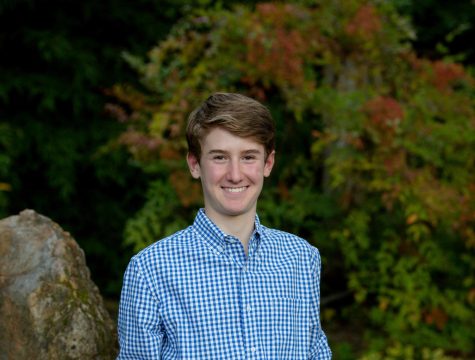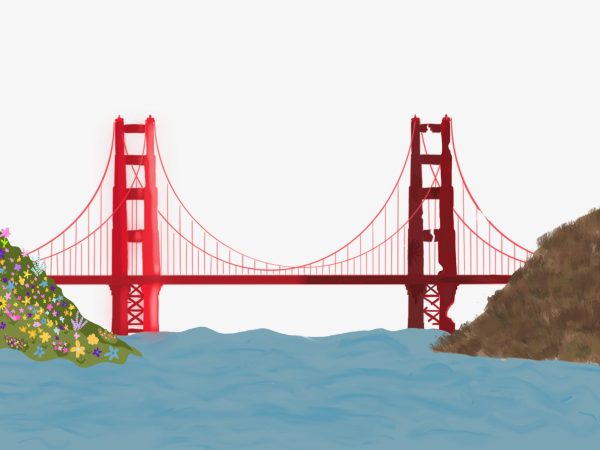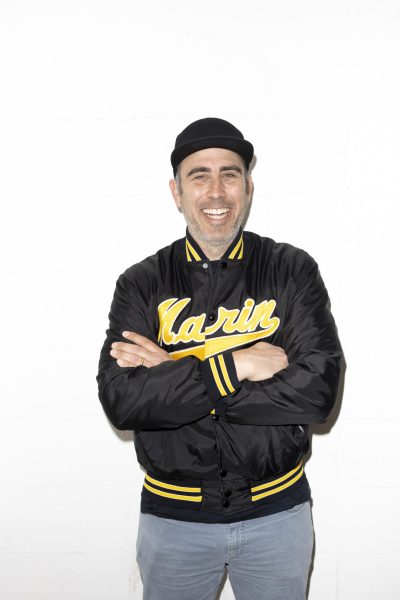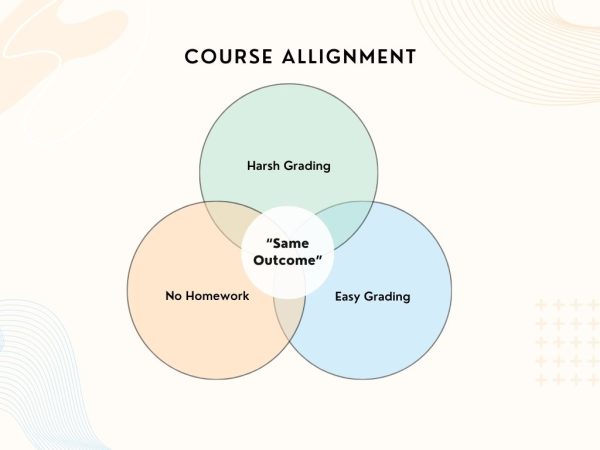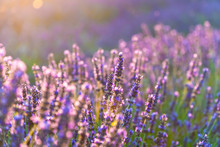Running off nature
Even when a few feet can feel like miles in reaching Marin’s outdoors
May 27, 2022
Northbound alongside Highway 101, a combination of 10,000 cyclists and pedestrians cross the Golden Gate Bridge daily. Some are commuters and tourists, while others seek out Marin County’s outdoor lands for recreation. With the highest percentage of open space in the San Francisco Bay Area at around 30 percent, Marin’s natural appeal is hard to miss, and at times, just as difficult to access.
A few miles past the Golden Gate Bridge, as views of the Marin Headlands give way to Mount Tamalpais (Mt. Tam), is Exit 445A, which leads off the freeway and into the county’s most racially diverse community: Marin City. Here, Paul Austin, the executive director and founder of the local nonprofit Play Marin, lives and operates his charity. Utilizing the county’s natural areas, Play Marin not only offers seasonal indoor sports but also summer-long outdoor programs that encourage children to be active.
“I want to close the activity gap for communities that have a lot of folks that come from poverty or low income [backgrounds,]” Austin said. “I was looking at the main [local high school] sports and I had to ask the coaches why there weren’t kids of color playing. They said kids [of color] are coming in and they don’t have the skillsets [necessary to compete at the high school level,] and they haven’t been playing on teams long enough to be coachable.] So, I [decided to] do something about it.”
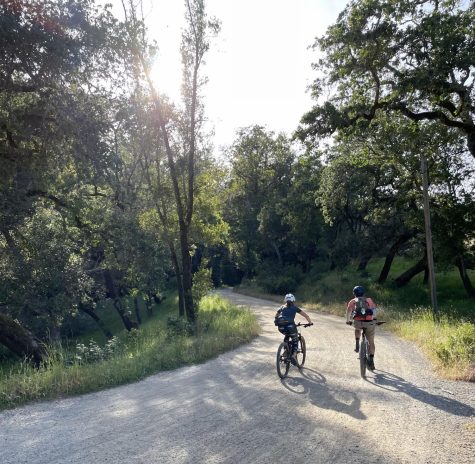
With four state parks, 73 county preserves and several nationally managed lands, Marin offers no shortage of recreational destinations. Austin utilizes these resources to teach Marin City’s youth valuable skills in sports and life; lessons that have profoundly impacted many others.
“Marin’s nature is unlimited, but you also need to have the equipment [to experience it.] So it’s hard to tell a kid to [ride to] the Marin Headlands if they don’t have a bike; it’s hard to tell kids they should go take advantage of water sports if they never had an opportunity to learn how to swim,” Austin said. “At Play Marin, we not only make [sports] accessible, [but] we make sure that [kids] have all the tools they need.”
The Play Marin summer programs introduce Marin City children to hiking, running, mountain biking and a host of water sports, all of which are popular activities in the county. These sports play major roles in both the personal and career life of long-time Mill Valley resident Chris Schierholtz. Schierholtz’s passion for the outdoors prompted him to found an experiential marketing company that promotes brands through recreation and content creation.
“I’ve built a business around being active outside [where] we do photoshoots and [host] group runs and rides for brands. [It began] three years ago [when] I was approached by Lululemon to be an ambassador and they supported my running [events] in Muir Woods,” Schierholtz said. “I’m not a professional, but I’m passionate about what I do outside … for a living and full-time endeavor.”
Near a recent photo-op site of Schierholtz’s company and a few hundred feet past Exit 445A is the turnoff to Highway 1. Winding along the coast and through nature preserves, the roadway reaches Stinson Beach, a small coastal community known for its surf and trail running. Here, the Dipsea, the oldest trail race in the U.S., concludes its annual competition. For members of the Track and Cross County teams at Redwood, including sophomores Natalie Poncet and Maddy Marron, the course’s unique terrain gives greater meaning to Marin’s outdoors.
“Trails are so much more adventurous than [running on] roads,” Poncet said. “Everyone [in the trail community] has an interest in [active living,] so it’s a way of bonding and it always puts you in a good mood because you’re exercising with friends.”
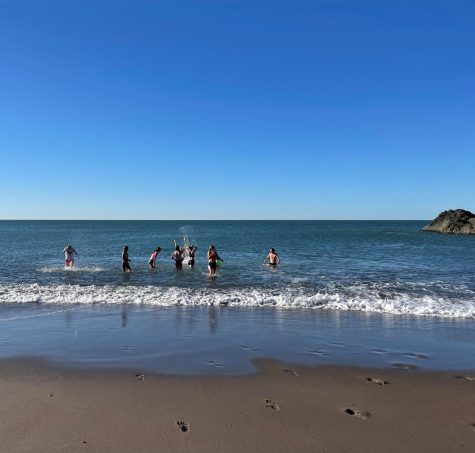
With Marin County Parks accounting for 249 miles of trails alone, including those around Larkspur’s Baltimore Canyon, Marron has recognized the communities that stem from the abundance of off-road networks.
“[Going] up from Dark Park [in Larkspur, I’d] go on my first actual trail runs,” Marron said. “[Having never met] the people I ran with before, now they’re my closest friends. It’s [a testament] to how running can bring people together.”
In addition to the community facet of Marin’s nature sports, Marron has noticed the influence of competition at an individual level.
“[Running] has been very inclusive and I feel that [while all] sports are focused on doing well, for me, running is [about] showing up and giving my best. [Getting outside] is social so it’s about having fun and staying fit as much as the competitive aspect,” Marron said.
Together, the community and personal growth attained by outdoor frequenters heavily motivate Austin’s goals for Play Marin.
“Sports are ways to socialize. have your own personality [and] develop character. Growing up in Marin City, [sports] embodied who I was and helped me on my path to success,” Austin said.
The nature sports of Marin are not only noticed by local athletes, but also by those new to the area. Eddie Owens, a former Division I collegiate runner, recalled the ways in which Marin’s nature altered his life once he moved to the County in 2018 from Brooklyn, New York.
“As soon as I got out here, I started running the trails. I realized this was a whole other world that I’d been missing out on,” Owens said. “[Now,] I’m enjoying running more than I ever have.”
Similarly, Schierholtz has gained an enormous appreciation for Marin’s nature, so despite having recently moved to another Bay Area county, he remains strongly attached to Marin’s outdoors and its community.
“I worked [and lived] right at the base of Mt. Tam [for] the last 20 years, [and] I still go back and forth between [where I live now] and there because I’ve built such a community in Marin that there’s no way I’ll ever let it go,” Schierholtz said. “[Above all,] the access to nature is incredible [and] that’s one of the biggest draws to me.”
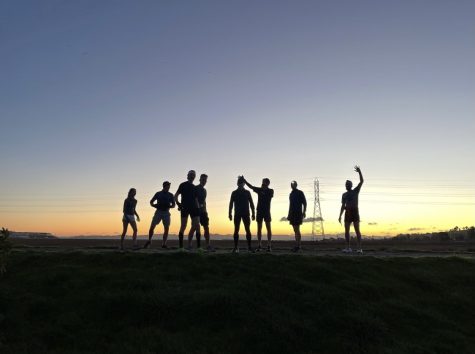
For Poncet, the benefits of trail running in Marin have given her new perspectives on everyday life.
“[Getting outside] makes you feel really good; it’s good for your physical and mental health,” Poncet said. “It gives you something to do and it keeps pushing you outside, more motivated [with every] run.”
The experiences of Marin’s outdoor community underscore the importance of equalizing access to nature so that everyone can enjoy the benefits. Austin considers this a primary goal of his nonprofit, especially since a Marin County Parks survey found that six percent of respondents were discouraged from recreational activities due to a lack of familiar-looking people.
“The tranquility that you get from taking advantage of nature in Marin is something that’s truly special. For young people, if they start now — walking, riding, swimming or sailing — these are things that they could do their entire life,” Austin said. “Not only do I want [every kid] to feel comfortable in Marin, because a lot of times you may not see anybody that looks like you on the trails, but I also want Marin to get used to seeing black and brown faces in these spaces.”
As the second most racially disparate county in Calif., Marin ranks among the least equitable in healthy built environments; limiting levels of physical activity with roadblocks in recreational infrastructure, funding and education. In districts such as Marin City, the nationwide trend of unequal access to the outdoors — with communities of color threefold more likely to live in nature-deprived areas than white communities — can be largely attributed to lacking opportunities for outdoor activity. Through the programs offered by Play Marin, Austin hopes that children, regardless of their address and identity, will be able to foster a sense of belonging within the outdoor community that Owens was able to establish in Marin.
“The trail community out here is fantastic. There are so many people participating in it [and] so many great local races. Having grown up in Brooklyn, where this was nonexistent, it’s cool to see that I’ve found my home here,” Owens said.
A short walk from Exit 445A, children participating in Play Marin’s summer programs will soon be ascending Donahue Street towards the Alta Trailhead, and living a healthier life.
“Traditionally, we don’t get the message around healthy living early enough,” Austin said. “[With] exercise, you will live longer [and] you’ll be more productive. All of these things usually start for people when they’re younger.”

